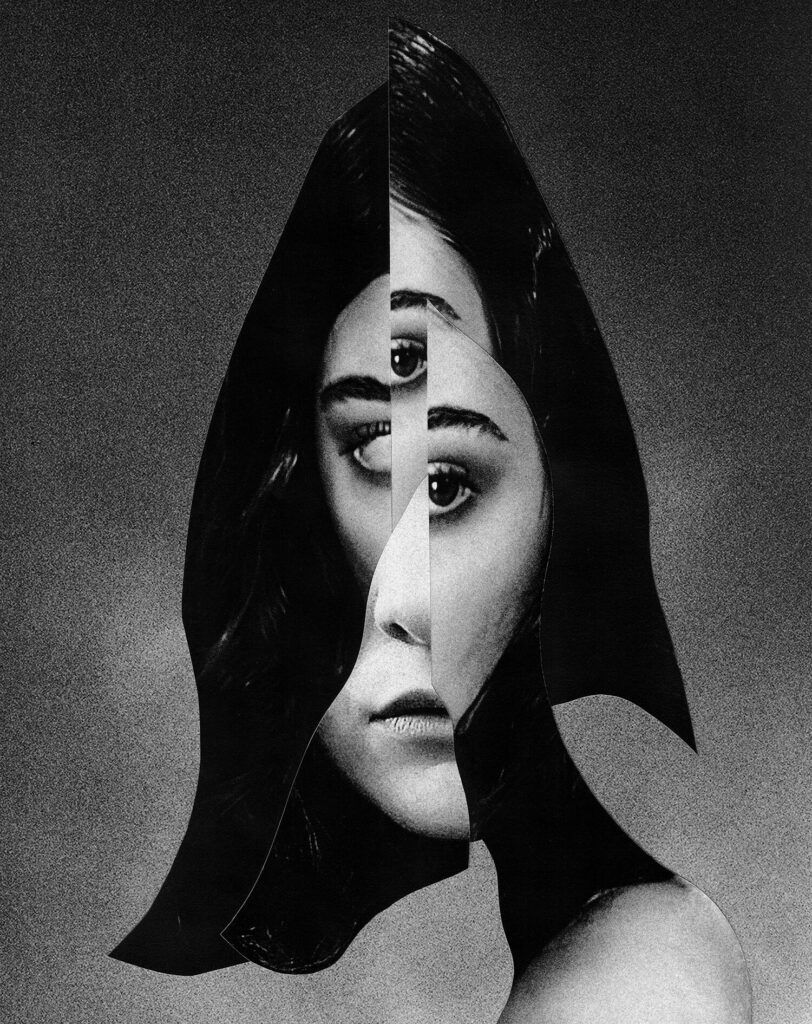The portrayal of military themes in music and art has evolved significantly over the years, reflecting changing attitudes towards war and conflict. Artists and musicians have moved beyond traditional narratives of heroism and glory to offer more critical and introspective perspectives on military life. From military marches and patriotic songs to anti-war ballads and thought-provoking paintings, the creative world continues to push boundaries and challenge traditional assumptions about war. As the world grapples with the effects of war and conflict, the future of military portrayal in music and art will likely continue to evolve, offering new insights and perspectives on the true cost of war and the importance of peace.
From Battlefield to Billboard: The Evolution of Military Portrayal in Music and Art
In the world of music and art, the portrayal of military themes has evolved significantly over the years. From the heroic images of battlefields and soldiers to more nuanced and critical reflections on war and its consequences, artists and musicians have used their creativity to capture the essence of military life and conflict. In this article, we explore the evolution of military portrayal in music and art, from the traditional narratives of heroism and glory to the critical and introspective perspectives that have emerged in recent years.
The Traditional Narrative: Heroism and Glory
For centuries, artists and musicians have depicted military life as a heroic and noble endeavor. Paintings of battles, sculptures of soldiers, and songs celebrating victories have all contributed to the glorification of war and military service. These images and songs often depicted soldiers as brave and selfless individuals who sacrificed everything for their country and their fellow soldiers.
In music, military marches and anthems have been a dominant form of expression for centuries. These songs often glorify the bravery and sacrifice of soldiers, instilling a sense of pride and patriotism in listeners. Marches like “The Washington Post March” and “Sousa’s Stars and Stripes Forever” have become iconic symbols of military valor and honor.
In art, paintings and sculptures have depicted military scenes with grandeur and spectacle. Artists like Jacques-Louis David and Peter Paul Rubens depicted battles and military leaders with an emphasis on heroism and glory. These works of art were intended to inspire viewers and evoke a sense of national pride and unity.
The Evolution of Military Portrayal in Music and Art
In recent years, the portrayal of military themes in music and art has become more complex and critical. Artists and musicians have begun to explore the darker side of war and military service, shedding light on the human cost and consequences of conflict. This shift in perspective has led to a more nuanced and introspective examination of military life and its impact on individuals and society.
In music, artists like Johnny Cash, Bob Dylan, and Bruce Springsteen have used their music to critique war and militarism. Songs like Cash’s “The Ballad of Ira Hayes,” Dylan’s “Masters of War,” and Springsteen’s “Born in the U.S.A.” address the effects of war on soldiers and society, providing a stark contrast to the traditional narratives of heroism and glory.
In art, contemporary artists like Banksy, Kara Walker, and Yinka Shonibare have used their work to challenge the traditional portrayals of military themes. Banksy’s anti-war murals, Walker’s exploration of race and violence in her art, and Shonibare’s critique of imperialism and colonialism have all contributed to a reevaluation of military imagery in art.
The Future of Military Portrayal in Music and Art
As the world continues to grapple with the effects of war and conflict, the portrayal of military themes in music and art will likely continue to evolve. Artists and musicians will continue to push boundaries and challenge traditional narratives, offering new perspectives and insights into the complexities of military life and its impact on individuals and society.
Whether through powerful lyrics, striking images, or innovative performances, artists and musicians will continue to use their creative talents to highlight the human cost of war and to advocate for peace and understanding. By exploring the full range of emotions and experiences associated with military service, artists and musicians can contribute to a more nuanced and compassionate understanding of war and its consequences.
In conclusion, the evolution of military portrayal in music and art reflects the changing attitudes and perceptions of war and conflict in society. From the traditional narratives of heroism and glory to the critical and introspective perspectives that have emerged in recent years, artists and musicians have used their creativity to capture the essence of military life and to challenge traditional assumptions about war and its consequences. As the world continues to grapple with the effects of war and conflict, the portrayal of military themes in music and art will continue to evolve, offering new insights and perspectives on the true cost of war and the importance of peace.
